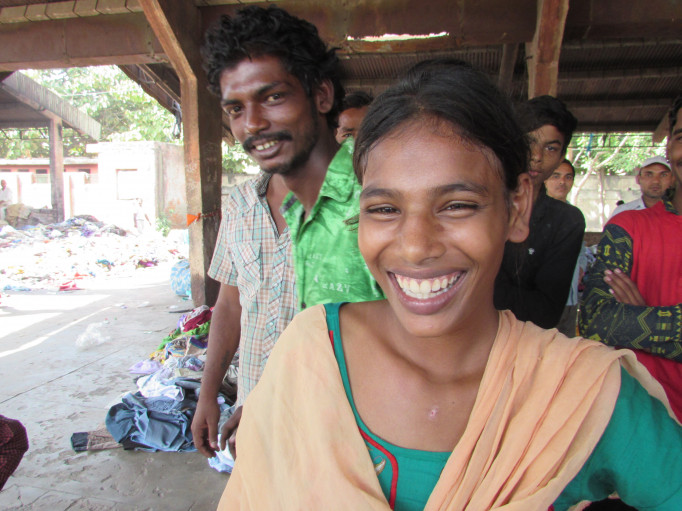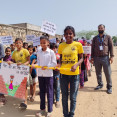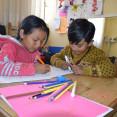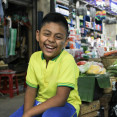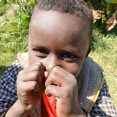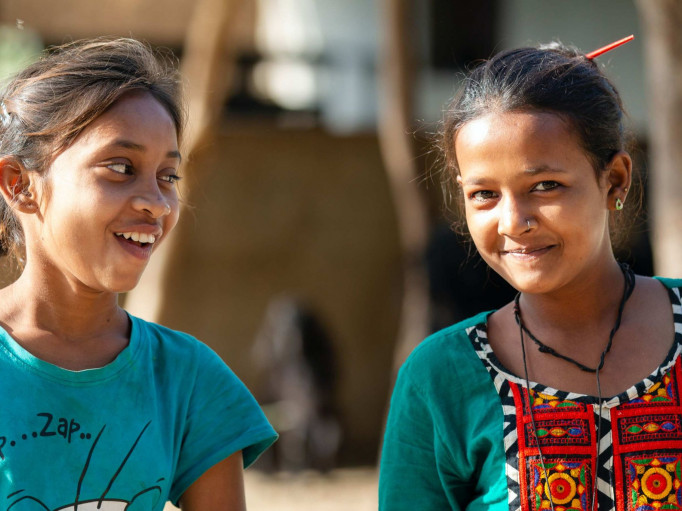
What is period poverty?
Period poverty is when access to sanitary protection just simply isn’t available, usually due to the associated cost, but there are also many other barriers. In 2020 women and girls in India experienced a shortage in supply as manufacturers turned their attention to producing face masks and for a time sanitary products were not on the Government essentials list during lockdown, shops remained closed and public transport reduced. The aftermath of this was not only issues with supply, increased costs, but the risk of associated health issues after seeking alternative methods of sanitary protection.
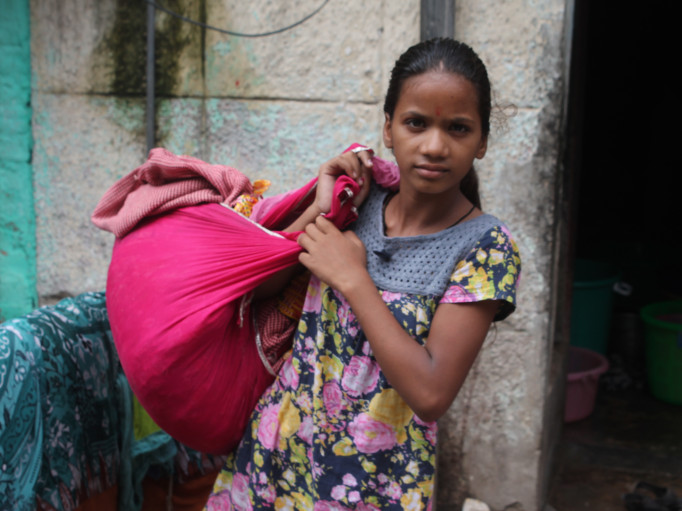
Period poverty in India
• Just 36% of India's 355 million menstruating female population use sanitary towels for protection.
• An estimated 70 percent of all reproductive health issues are caused by poor menstrual hygiene.
• 1 in 10 girls below the age of 21 in India cannot afford sanitary products and use unhygienic substitutes.
Period poverty and street children
Reports tell us that 20-30% of street children in urban areas are female, often the only access to toilet facilities requires payment, adding to the financial burden associated with menstruation.
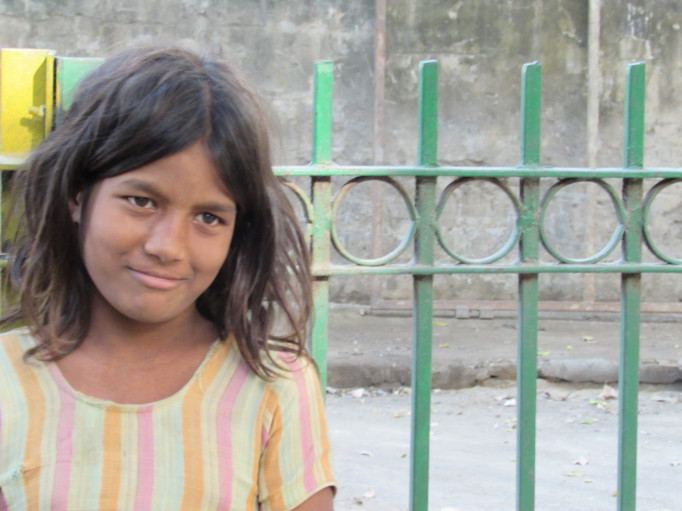
Period poverty and Covid 19
Covid related disruption led to women and girls resorting to the use of homemade alternatives including rags or cloth, toilet paper, newspaper, socks, cardboard, leaves and even mud, risking infection, for some street children however this was the norm even before the pandemic. Social distancing and fear of contracting Covid also presented the challenge of using communal toilets.
11-year old Sahana lives with her family in a small dwelling in one of Delhi’s most highly populated and congested slums. Life in this overcrowded slum is unimaginably challenging - there is just one toilet in the whole of the area, which since the outbreak of coronavirus, the family have been too scared to use.
Girls have found themselves using sanitary products for longer than recommended, again increasing the likelihood of infection which will often require medical support.
“During the time of this crisis, girls and their mothers have shared that they do not have any material to use during menstruation. The girls used to get old cotton clothes from where they used to work, but right now, they do not have anything that they can use during menstruation.” Pooja - SURE Project Coordinator, CHETNA
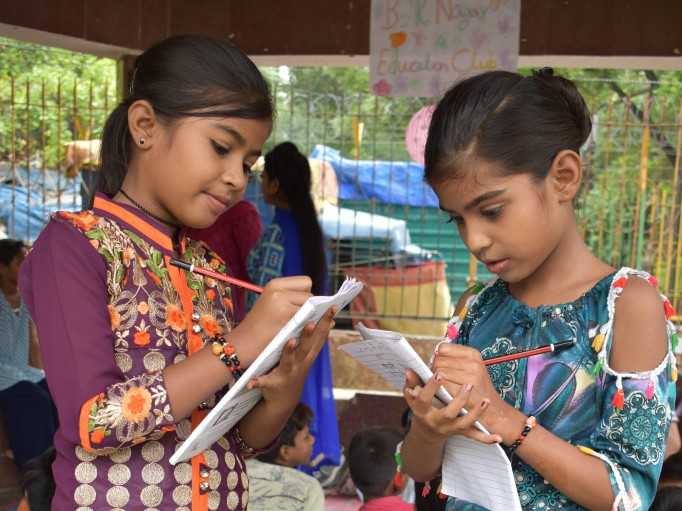
Period poverty and education
23 million girls in India drop out of school each year when they begin their period, those who remain in school might miss up to 5 days of school each month during their period.
Schools have been known to distribute sanitary protection and offer the use of toilets, however schools have been closed during the pandemic (currently they are closed again in Delhi), and of course are closed during school holidays.
Period poverty – how can you help?
The average cost associated with menstrual products in India which a female might need per month is 300 rupees or $4.20 per month. The average earnings of a daily wage worker is $1.90 so we can see the incredibly difficult decision faced by street connected families who have to prioritise feeding the family, not to mention those street children without a source of income. In 2020, Toybox issued 200 Period Packs as part of our emergency response work, this is something we would like to continue to do with your support.
We would like to see street connected girls continue with education programs, be protected from associated health risks and access much needed sanitary products without stigma or embarrassment. You can purchase a Period Pack containing sanitary products and a mini hygiene kit for a street child today for £3.
How else could you help? Arrange a fundraising event or take part in a fundraising challenge, take a look at our fundraising page for inspiration.
Find out more about the feminie hygiene challenges faced by street children: Meet Devi.
